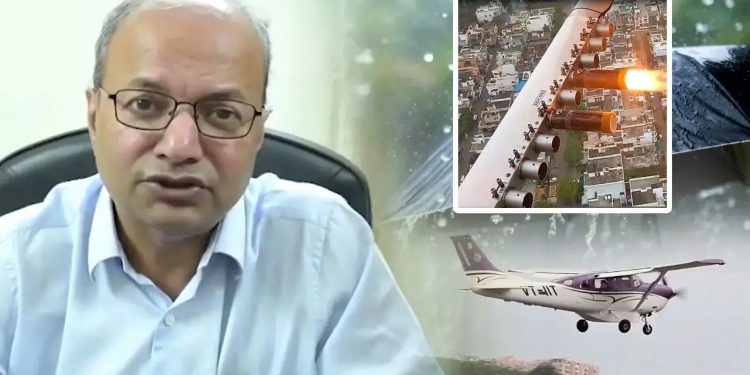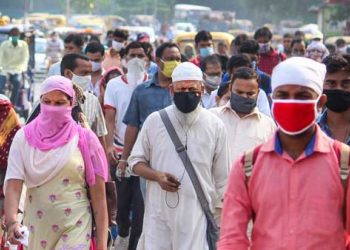On Wednesday, Manindra Agrawal, the director of IIT-Kanpur, provided insights into the cloud seeding trials conducted in Delhi. Despite the trials failing to generate rain, Agrawal emphasized that valuable information was gathered, and noted that the cost of the process was minimal compared to the city’s expenses on pollution control.
The Delhi government had conducted two cloud-seeding trials on Tuesday, in collaboration with IIT-Kanpur, in areas such as Burari, north Karol Bagh, and Mayur Vihar. While there was no significant rainfall in these regions, light rainfall was recorded in Noida and Greater Noida after the trials.
Agrawal explained that the trial covered an area of approximately 300 square kilometers, with an estimated total cost of around Rs 60 lakh, which translates to about Rs 20,000 per square kilometer. He further stated that if the process were expanded to cover 1,000 square kilometers, the total cost would amount to approximately Rs 2 crore.
He also highlighted the projected cost of conducting cloud seeding over an entire winter period, assuming cloud availability once every 10 days. In such a scenario, the overall cost would range between Rs 25 crore and Rs 30 crore. Agrawal added that this amount is relatively small when compared to the significant funds spent on pollution control measures in the city.
The IIT-Kanpur director explained that the low moisture content in the clouds, which was only about 15%, reduced the likelihood of successful rainfall. Despite not achieving the desired rainfall, Agrawal pointed out that the trial provided valuable data. He mentioned that 15 monitoring stations were set up across various locations to assess air pollution and moisture levels. The results showed a reduction in PM 2.5 and PM 10 concentrations, suggesting that even with limited moisture, cloud seeding had some effect on air quality.
As part of the trials, a mixture of common salt, rock salt, and silver iodide was injected into the clouds. Agrawal clarified that the tiny particles helped in the condensation process, allowing water droplets to form, and when these droplets accumulated, they eventually led to rainfall.
A scheduled cloud-seeding trial for Wednesday was postponed due to insufficient moisture in the clouds.










Discussion about this post